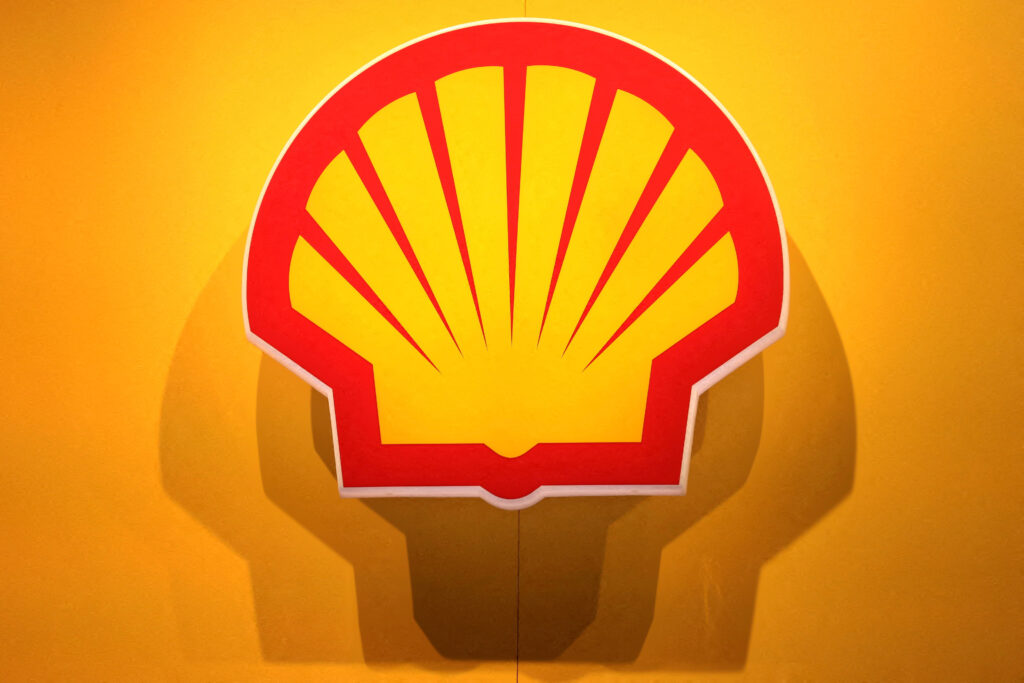Energy giant Shell has announced a significant commitment to advancing carbon capture and storage (CCS) technology in Canada. Shell Canada Products, a subsidiary of the company, has given the green light for two key projects: Polaris and Atlas.
Polaris, located at Shell’s Energy and Chemicals Park in Scotford, Alberta, is a carbon capture project designed to significantly reduce emissions from the company’s own operations.

This innovative technology aims to capture roughly 650,000 metric tons of carbon dioxide annually from the Scotford refinery and chemicals complex.
Shell is also moving forward with the Atlas Carbon Storage Hub in partnership with ATCO EnPower. This project will provide a permanent solution for storing the CO2 captured by Polaris. The initial phase of Atlas will focus on the safe and secure underground storage of captured CO2.
“Carbon capture and storage is a key technology to achieve the Paris Agreement climate goals,” said Huibert Vigeveno, Shell’s Downstream, Renewable and Energy Solutions Director.
“The Polaris and Atlas projects are important steps in reducing emissions from our own operations.”
These new projects build upon the success of the existing Quest CCS facility at Scotford. Since its launch in 2015, Quest has successfully captured and stored over nine million tonnes of CO2 that would have otherwise been released into the atmosphere.
Both Polaris and Atlas are anticipated to be operational by the end of 2028.
Wholly owned by Shell, Polaris has the potential to substantially reduce the Scotford refinery’s Scope 1 CO2 emissions by capturing and storing up to 40% of these emissions. The chemicals complex is also expected to see a reduction of up to 22% in its CO2 emissions.
Shell has partnered with ATCO EnPower to develop the Atlas Carbon Storage Hub. The initial phase will focus on storing CO2 captured by Polaris in a permanent underground geological formation, with the potential of storing carbon captured by other companies and organizations in the future.
The captured CO2 from Polaris will travel through a roughly 22-kilometer pipeline to designated storage wells within the Atlas Hub.
These wells will inject the CO2 approximately two kilometers underground into the Basal Cambrian Sands, the same rock formation used for safe storage at the Quest CCS facility.
Source: Carbon Herald
